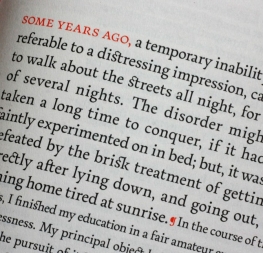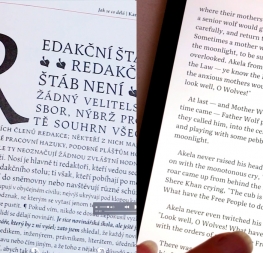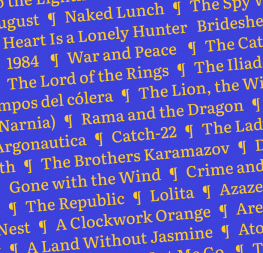inspired by both Scotch and oldstyle Roman types
The electronic or digital book represents one of the most important challenges designers and developers face today. The technical limitations of devices regarding rendering of type, together with their variety of physical sizes, are only two of the main obstacles eBooks must tackle. These facts contribute to an unfair yet appropriate comparison with their analogue counterpart, where typography plays a leading role. The Play Books custom font project offered an opportunity to approach some of these problems from a new perspective.

Type-founding and printing are as much interlinked as digital type and rasterization are. The limitations imposed on type rendering due to coarse grids on low-resolution screens have therefore effected the way lettershapes look. This became very clear when analysing book typefaces in use in the most common eBook readers on different devices. The existing typefaces had a very uniform and almost mechanical feel. This is excellent for rendering purposes but does not help with immersive and continuous reading. In other words, they were not fonts meant for digital book design.
TypeTogether’s counterpart team at Google, led by senior UX designer Addy Lee Beavers, agreed that the desired typeface should have a more interesting and varied texture than other eBook fonts being used or ones generally developed for on-screen use. This could be achieved by means of slanted stress, less mechanic letter structure, and varied horizontal proportions of characters. Based on these premises and on an intensive iterative process, TypeTogether arrived at a solution of hybridisation — taking inspiration from both Scotch and oldstyle Roman types. The resulting letterforms create a pleasant organic texture that delivers very good results for ease of reading and comfort.



